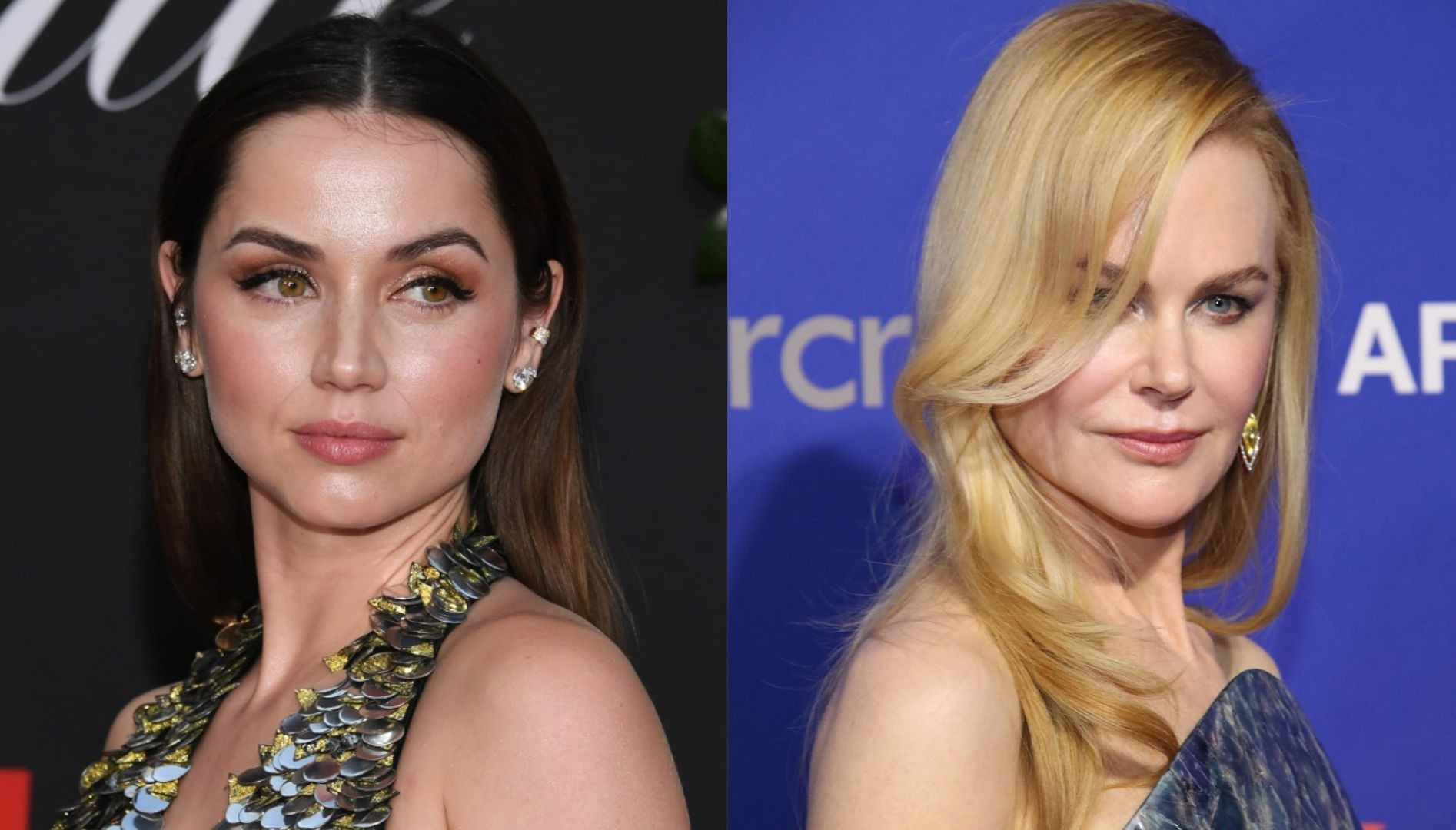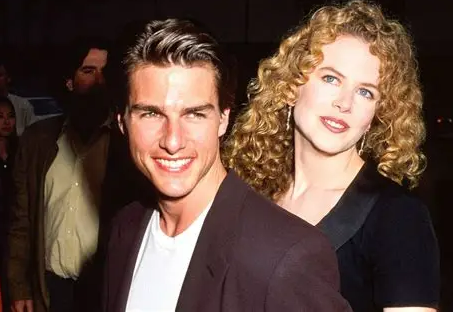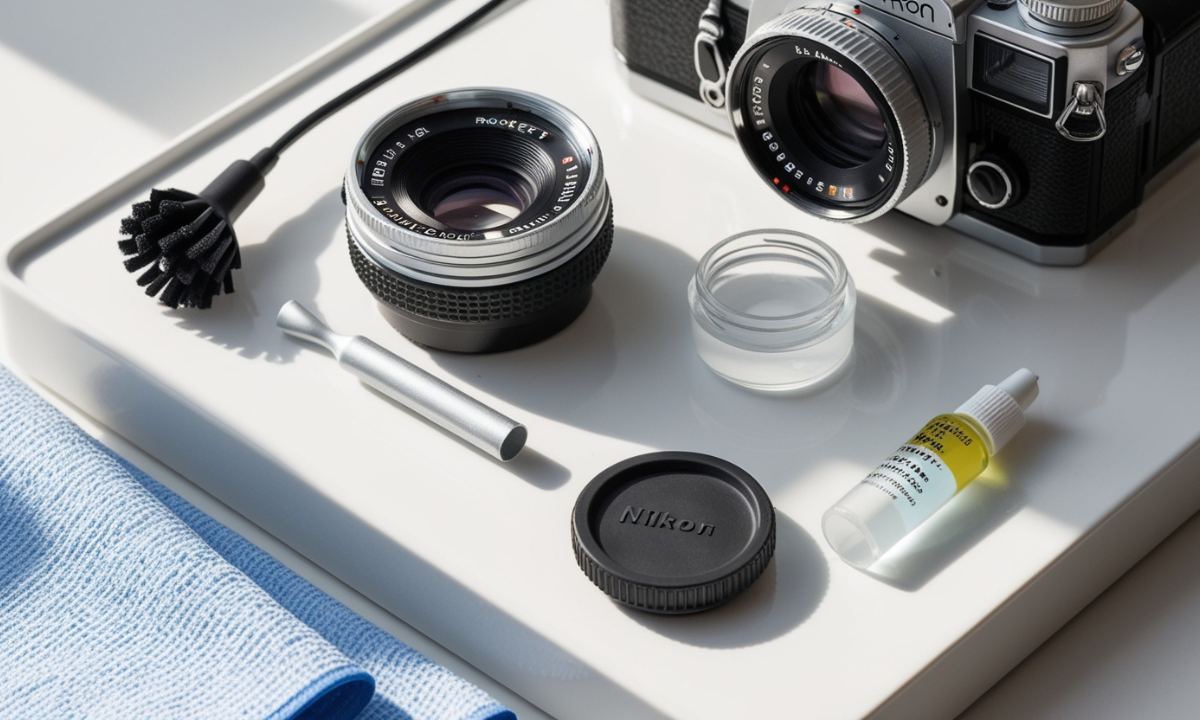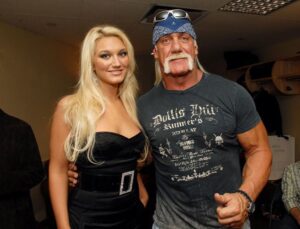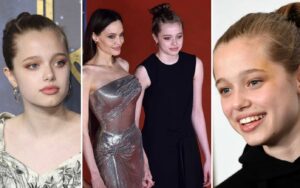Ana de Armas’s Instagram ‘Like’ on Nicole Kidman Post Fuels Tom Cruise Connection Drama. In the fast-paced, hyper-scrutinized world of Hollywood, a single tap on a screen can unleash a torrent of speculation. The latest example comes from a seemingly minor social media interaction involving actress Ana de Armas, which has inadvertently placed her in the same frame as Hollywood titan Nicole Kidman. While the surface-level story points to digital drama, the incident truly serves as a powerful lens on the persistent and often unfair pressures facing women in the entertainment industry.
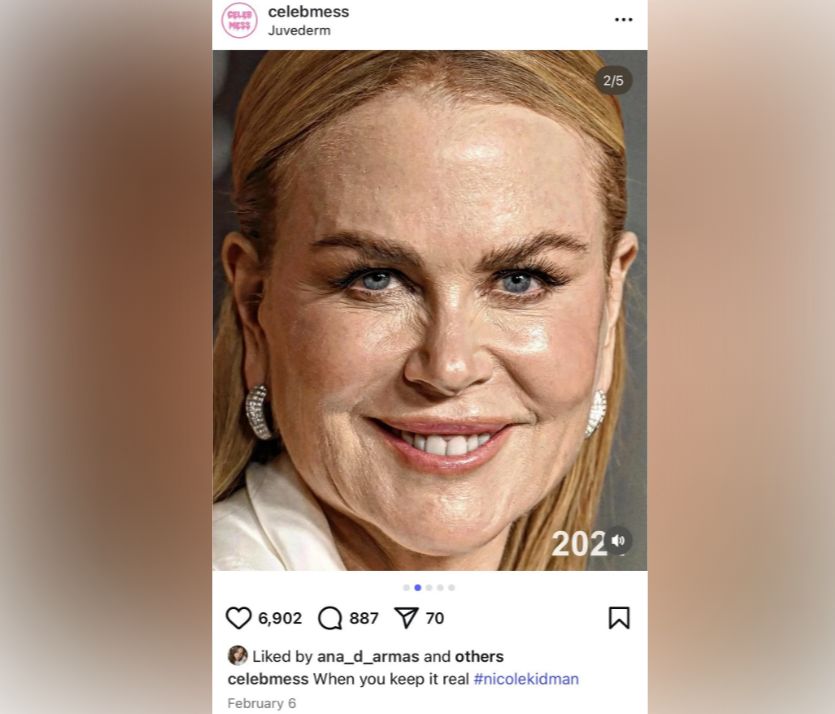
The controversy began when an Instagram fan account posted a photo collage. One image featured a candid, sun-kissed photo of Ana de Armas, praised in the caption for its natural aesthetic. The other was a more stylized, professional photograph of Nicole Kidman, which the post framed in a less flattering light. The subsequent online firestorm was ignited when the official, verified Instagram account of Ana de Armas ‘liked’ the post.
Immediately, online commentary exploded. The reason for the intense focus wasn’t just the comparison of two actresses, but their shared, albeit different, connection to one of Hollywood’s most powerful figures: Tom Cruise.
Kidman’s decade-long marriage to Cruise in the 1990s remains one of Hollywood’s most iconic and analyzed relationships, defining an era of superstar power couples. More recently, unsubstantiated rumors have linked Cruise to de Armas, who was once rumoured to be in the running for a role opposite him. That tangential connection was all it took for the internet to frame the Instagram ‘like’ not as a mistake, but as a deliberate jab from a rumoured new flame towards a famous ex.
However, reducing this to a simple “catfight” narrative ignores the more complex and problematic dynamics at play. This incident is a textbook case of the digital minefield modern celebrities are forced to navigate. Every public action—even a fleeting ‘like’ that could have been accidental, the work of a social media handler, or a simple misinterpretation—is treated as a calculated press release.
More critically, it perpetuates a damaging and archaic trope: evaluating and comparing women based on their physical appearance and their relationship to a man. The original post was inherently problematic, feeding into the relentless public commentary on women’s looks—a pressure point Kidman, an Academy Award-winning actress, has gracefully endured for decades. Her male peers are rarely, if ever, subjected to the same level of invasive scrutiny about aging and appearance.
This narrative does a disservice to both women. Ana de Armas is at a career pinnacle, fresh off an Oscar nomination for her stunning portrayal of Marilyn Monroe in Blonde. Her talent is undeniable, yet this incident risks reducing her to a supporting character in a drama about a rumored romance. Likewise, it positions Kidman—a prolific producer and one of the most respected actresses of her generation—not as a peer, but as an aging benchmark for the next generation.
Was the ‘like’ an intentional act of shade? It’s impossible to know for sure. But it’s far more likely to be a thoughtless flick of the thumb on a platform engineered for quick, often mindless, interaction. The more important question is why this specific narrative is so eagerly consumed and constructed by the public and media alike. The answer may lie in a cultural appetite that, despite progress, still finds the spectacle of female rivalry more compelling than the celebration of their individual accomplishments.
The furor over the Instagram ‘like’ will eventually subside. But it leaves behind a crucial reminder of how easily old biases are projected onto new platforms, trapping accomplished women in outdated and reductive storylines. The real story here isn’t just about a like, it’s about a system that remains all too ready to build a conflict between two women, with a powerful man standing silently at the center.


